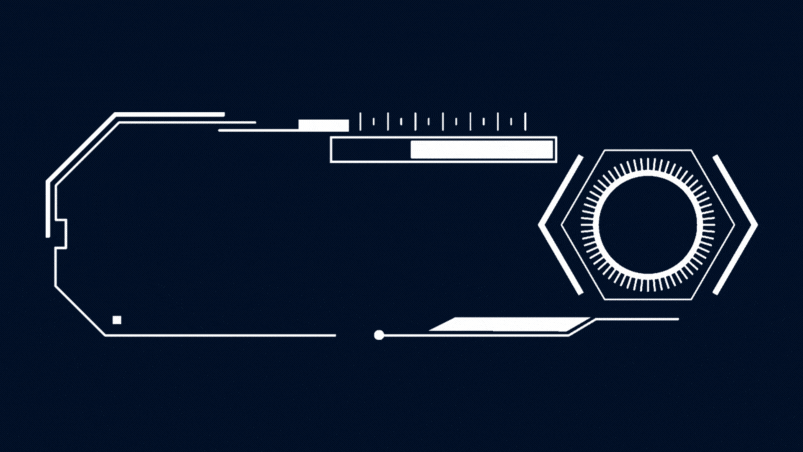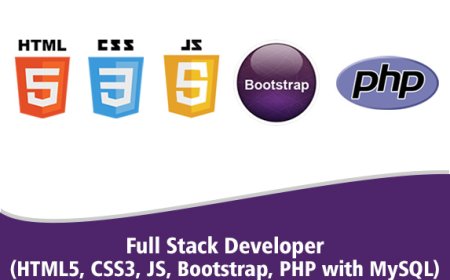Django Models
Working of the models in Django

Django Models: Building the Foundation of Your Web Application
Introduction:
In the realm of web development, Django stands as a robust and versatile framework, enabling developers to create powerful web applications swiftly. At the heart of every Django project lies its models, serving as the backbone for data management and manipulation. In this article, we'll delve into Django models, exploring their significance, structure, and the process of creating them to build a solid foundation for your web application.
What are Django Models?
Django models are Python classes that define the structure of your application's data. They act as an interface between the underlying database and your Python code, allowing you to create, retrieve, update, and delete data with ease. Models in Django follow the Object-Relational Mapping (ORM) approach, where each model class represents a database table, and each instance of the class represents a row in that table.
Creating Django Models:
To create a Django model, you define a class that inherits from the django.db.models.Model class. Within this class, you define attributes that represent fields in the corresponding database table. Django provides a wide range of field types, including integers, characters, dates, and relationships such as foreign keys and many-to-many relationships. Let's take a look at a simple example:
from django.db import models
class Product(models.Model):
name = models.CharField(max_length=100)
price = models.DecimalField(max_digits=10, decimal_places=2)
description = models.TextField()
created_at = models.DateTimeField(auto_now_add=True)
In this example, we've created a Product model with fields for the product's name, price, description, and the date it was created.
Database Migrations:
After defining your models, you need to create corresponding database tables. Django simplifies this process through migrations. Migrations are Python files generated by Django that represent changes to your models over time. You can create migrations using the manage.py command-line utility and apply them to your database to synchronize its schema with your models.
Interacting with Models:
Once your models are defined and your database is set up, you can interact with your data using Django's powerful ORM. You can create, retrieve, update, and delete objects using simple Python code, without having to write SQL queries manually. Here's a brief example:
Creating a new product
product = Product.objects.create(name='Laptop', price=999.99, description='Powerful laptop for work and play')
Retrieving products
products = Product.objects.all()
Filtering products
expensive_products = Product.objects.filter(price__gte=1000)
Updating a product
product.price = 1099.99
product.save()
Deleting a product
product.delete()
Conclusion:
Django models serve as the cornerstone of any Django project, providing a convenient and efficient way to manage data. By understanding the structure of Django models and how to interact with them, you can build robust web applications that handle data seamlessly. Whether you're creating a simple blog or a complex e-commerce platform, mastering Django models is essential for success in web development.
What's Your Reaction?
































